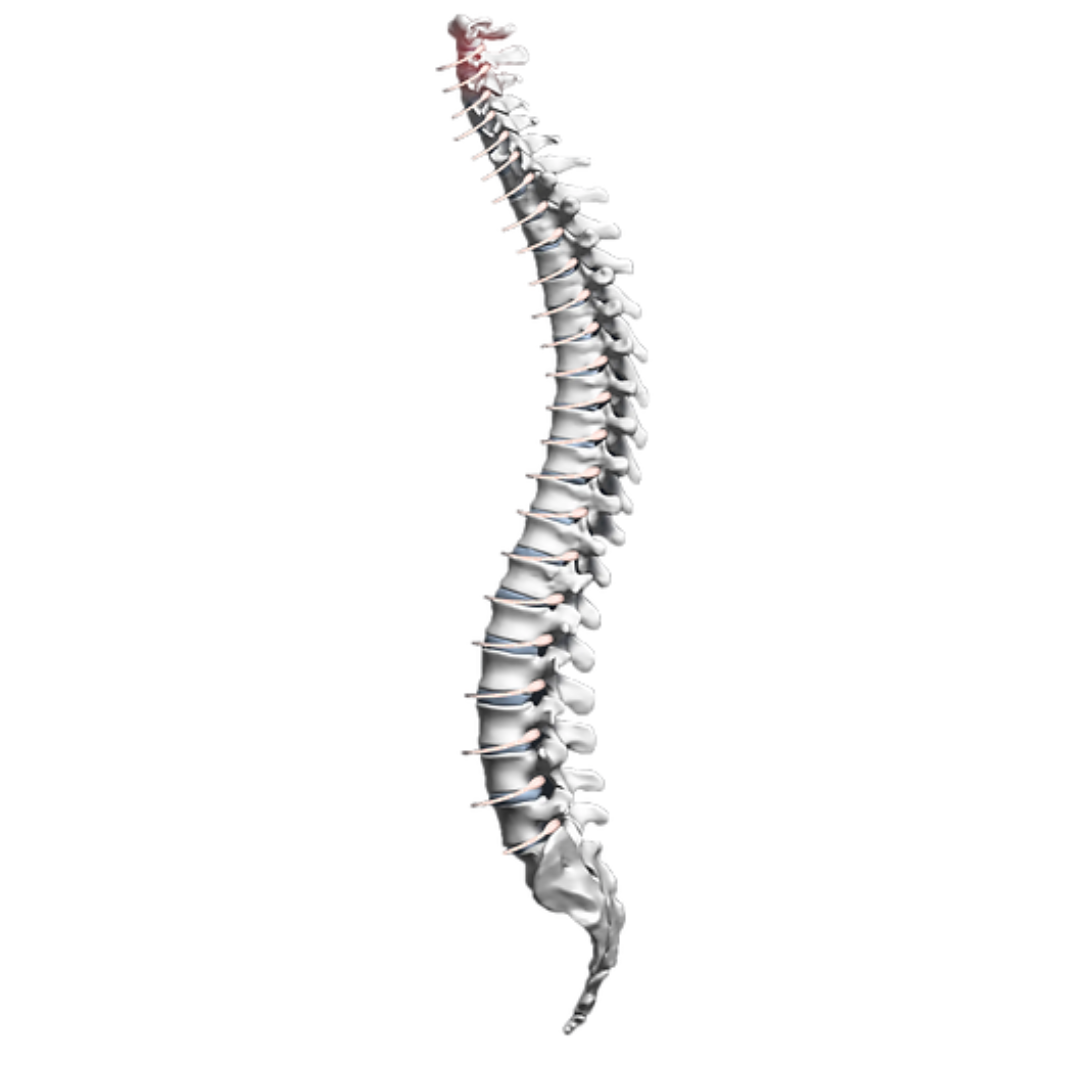The common term for this nerve stress caused by misalignment of the spine is subluxation. As stated earlier, the upper neck is especially vulnerable to injury and subluxation. Combined with the fact that the brainstem, which is the nervous system's "Grand Central Station", passes through the first cervical vertebra, problems here tend to have a more detrimental effect on the body.
Misalignment of the spine can cause direct pressure on the spinal cord and/or the delicate nerves that exit between each vertebrae of the spine. As a result, any body part served by these nerves that loses its flow of energy to and from the brain will not function properly. For example, if the nerve that supplies the stomach is stressed, problems such as indigestion, heartburn, reflux, bloating and gas can occur.
Body imbalance creates an ongoing structural and neurological stress to the body. The body responds to stress by activating the sympathetic nervous system. Long-term sympathetic nervous system activity has been proven to cause the immune system to be suppressed. In other words, your immune system doesn't work as well when the body is under long-term stress and imbalance.
Long term body imbalance causes premature aging and degeneration of the spine itself. Arthritis is the more common term for this wear and tear. As spinal degeneration becomes advanced, the vertebrae themselves encroach upon the spinal nerves causing them to slowly lose their ability to transmit vital brain messages. Doctors refer to this condition as spinal stenosis.
- Vision
- Lacrimal Gland
- Mucous Membrane of Nose & Palate
- Submaxillary Gland
- Sublingual Gland
- Mucous Membrane of Mouth
- Thyroid Gland
- Heart, Aorta, Superior Vena Cava
- Pulmonary Artery, Inferior Vena Cava
- Lungs, Larynx, Trachea, Bronchi, Esophagus
- Stomach
- Blood Vessels of Abdomen
- Liver & Ducts, Gall Bladder
- Pancreas
- Adrenal Gland
- Small Intestine
- Large Intestine, Rectum
- Kidney
- Bladder
- External Genitalia, Sexual Organs


